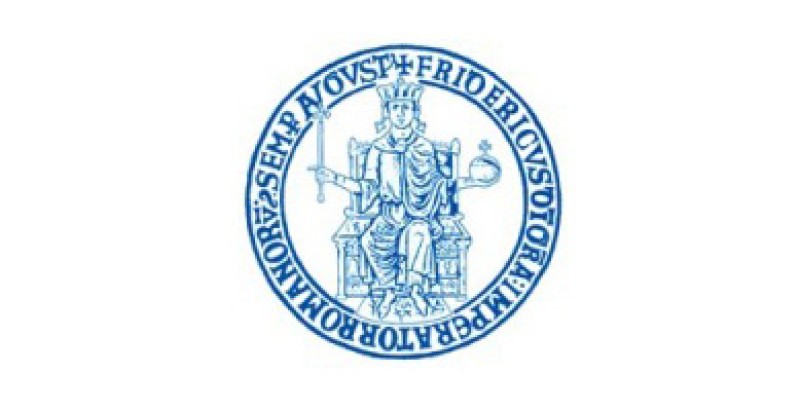Sub-theme 16: (SWG) Organization as Communication: (Dis)organizing through Texts, Artifacts and Other Materialities
Call for Papers
This sub-theme is concerned with the fundamental, constitutive, and formative role of communication for organizing
and organizations (including works that follow the "Communication Constitutes Organization" or "CCO" perspective). One way
to reflect on this constitutive role of communication is to focus on the material dimension of communication, as communicative
practices become inscribed in texts, artifacts, bodies, and sites (see Ashcraft et al., 2009). Since the linguistic turn,
scholars in organization studies who foreground discourse and communication have been accused of ignoring the physically-embodied
bases of organizational reality. The issue is not simply to reassert the importance of the non-discursive, but to transcend
the long-standing dualism between the symbolic and the material dimension through novel perspectives on communication (ibid.).
This means treating communication and discourse as a constellation of both intersubjectivity and interobjectivity (Latour,
1996; Orlikowski, 2007) and to focus on the co-constitutive entanglement between materiality and social action (Barad, 2003;
Leonardi et al., 2012).
In line with these considerations, this sub-theme proposes questioning the (socio)material
dimension of communication and its implications for organizing and disorganizing: How is communication or discourse materialized
and thus contributes to the stabilization, transformation, and dislocation of organizational phenomena? What particular types/forms
of materiality (e.g., texts, bodies, objects, or sites) are constitutive of organization, and how do they take part in organizing?
What are the implications of (socio)material perspectives on communication for organization and management studies and practices?
While questions regarding the entanglement of the symbolic and the material are not new (see, e.g., Trist &
Bamforth, 1951), extant investigations have typically emphasized either the symbolic or the material character of phenomena,
thus (re)creating ontological dualisms that limit their explanatory value. A focus on the constitutive role of (socio) material
communicative practices promises two benefits to these bodies of work. First, by highlighting both the material and symbolic
dimensions of communication and discourse, analysts can trace the 'imbrication' that generates particular organizational forms
and processes (Leonardi, 2011). Second, by examining how bodies, texts, artifacts, and sites (among others) contribute to
complex and contingent organizing practices – and not merely as drawn upon by human actors – we can gain insight into the
accomplishment of both ordering and disordering (Vasquez et al., forthcoming). Taking such a perspective allows us
to open the notions of discourse and communication to account for organization as a heterogeneous site of conflicted (socio)material
practices (Kuhn, 2012).
We invite papers that question the symbolic-material dualism by drawing on a communicational,
narrative, and/or discursive lens on organization and organizing. Papers should seek to explore the (dis)organizing features
of (socio)material practices of communication in particular, and/or should aim to address the constitutive relations between
communication and organization more generally.
Below is a list of indicative, but not exhaustive, topics and
questions related to the sub-theme:
- How does (socio)materiality participate in processes of organizing and/or disorganizing? How does sociomateriality constitute, maintain or change work routines and communication patterns? How does it disrupt and/or stabilize organization?
- How can we study bodies, technology, artifacts, texts from communication-centered perspectives? What further categories of 'the material' (e.g., economic) need to be considered from this perspective?
- What can be gained by switching from a focus on the ordering capacities to the disordering capacities of communication? How can (socio)material approaches help reveal disorder, tensions, contradictions, and paradoxes of communication and the constitutive role of these tensions for the communicative constitution of organizations and organizing?
- What are the implications of a (socio)material approach to organizational communication and discourse for core topics of organization studies, such as , strategy, leadership, structure, change, or corporate responsibility?
References
- Ashcraft, K.L., Kuhn, T.R., & Cooren, F. (2009): "Constitutional Amendments: 'Materializing' Organizational Communication." Academy of Management Annals, 3 (1), 1–64.
- Barad, K. (2003): "Posthumanist Performativity: Toward an Understanding of How Matter Comes to Matter." Journal of Women in Culture and Society, 28 (3), 801–831.
- Kuhn, T. (2012): "Negotiating the Micro–Macro Divide. Thought Leadership from Organizational Communication for Theorizing Organization." Management Communication Quarterly, 26 (4), 543–584.
- Latour, B. (1996): "On Interobjectivity." Mind, Culture, and Activity, 3 (4), 228–245.
- Leonardi, P.M. (2011): "When Flexible Routines Meet Flexible Technologies: Affordance, Constraint, and the Imbrication of Human and Material Agencies." MIS Quarterly, 35 (1), 147–167.
- Leonardi, P.M., Nardi, B.A., & Kallinikos, J. (eds.) (2012): Materiality and Organizing: Social Interaction in a Technological World. Oxford: Oxford University Press.
- Orlikowski, W. (2007): "Sociomaterial Practices: Exploring Technology at Work." Organization Studies, 28 (9), 1435–1448.
- Trist, E., & Bamforth, K. (1951): "Some Social and Psychological Consequences of the Longwall Method of Coal-Getting." Human Relations, 4 (1), 3–38.
- Vásquez, C., Schoeneborn, D., & Sergi, V. (forthcoming): "Summoning the spirits: Exploring the (dis)ordering properties of organizational texts." Human Relations.


